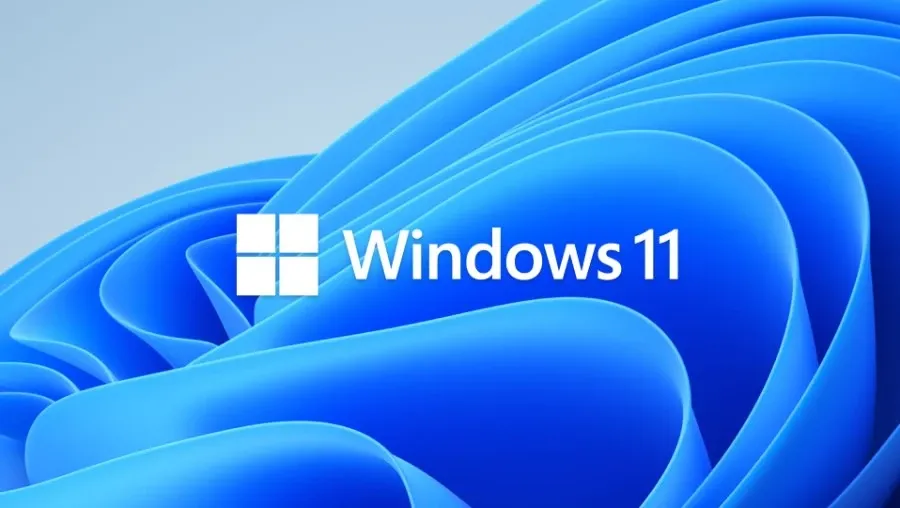Siemens Honors Pioneering Inventors for the 30th Time
This year, for the 30th time, Siemens is awarding the title “Inventor of the Year” to outstanding researchers working in Germany, the United States, China, and Switzerland.

Microsoft officially unveiled the latest version of its Windows operating system. Windows 11 is designed to be a more simplified version of the world's most popular desktop OS. "Today marks a major milestone in the history of Windows. It's the beginning of a new generation," Microsoft CEO Satya Nadella said during the product announcement.
The latest version of Windows has a new look, with rounded edges and slight transparencies for each window. The Start menu and toolbar are now located at the center of the bottom of the screen. Microsoft has also added light and dark modes, new themes and the ability to use separate desktops for your specific needs.
Widgets are also back with Windows 11 in the form of AI-powered cards that you can customize. A new multitasking menu allows users to snap apps to the left or right side of the screen, snap four apps to each of the screen's four corners, or even snap three apps by dividing the screen in thirds. And with app groups, users will be able to save the layout they've created for their apps.
Microsoft is now integrating its Teams platform directly into Windows. Gaming is also a major part of Windows 11. The OS will now support auto HDR and direct access storage, two technologies found in the Xbox Series X. The Xbox app is now built directly into Windows 11, giving users access to their favorite Xbox titles and the ability to quickly access the company's subscription service.
Microsoft Store is getting an update. The app store will run apps ranging across the spectrum of Windows, whether they're built as Win32, Universal Windows Apps, or Progressive Web Apps. Store will let software developers use their own in-app payment systems and pay no commissions to Microsoft. It will also let users both find and run Android mobile applications on their laptops and PCs, thanks to technology assistance from both Amazon and Intel.
While Apple and Google prevent app developers from offering their own third-party payment options in their respective stores, Microsoft will let developers do just that. If developers choose to use Microsoft's payment service, Microsoft will continue to take a cut. But if they use their own charging service, they keep it all.